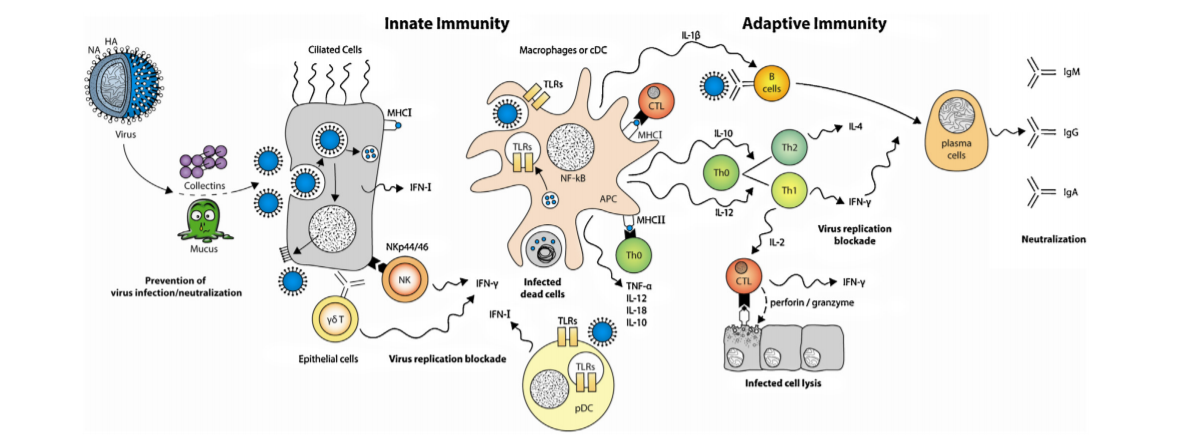In the continual battle against infectious diseases, the development of effective therapies is of utmost importance. The Anti-infective Library is a valuable resource, comprising a diverse collection of compounds designed to target a wide range of pathogens. In this blog post, we delve into the world of anti-infective drug discovery and explore the potential of the Anti-infective Library in revolutionizing the treatment of infectious diseases.
The Anti-infective Library: A Comprehensive Arsenal Against Pathogens
The Anti-infective Library is a meticulously curated collection of small molecule compounds specifically designed to combat various types of pathogens, including bacteria, viruses, fungi, and parasites. This library serves as a valuable tool for researchers and pharmaceutical companies involved in the development of novel antimicrobial therapies.
Targeting Pathogens with Precision
The Anti-infective Library covers a vast array of targets essential for the survival and replication of different pathogens. These targets include enzymatic proteins, essential cellular components, and specific receptors crucial for pathogen-host interactions. By specifically inhibiting these targets, the library aims to disrupt the life cycle of pathogens and prevent the development of drug resistance.
Broad-Spectrum and Pathogen-Specific Compounds
The Anti-infective Library includes both broad-spectrum compounds, effective against a wide range of pathogens, and pathogen-specific compounds designed to target a particular type of pathogen. Broad-spectrum compounds offer the advantage of treating multiple infections, while pathogen-specific compounds provide tailored solutions for infections caused by specific pathogens.
Innovative Approaches to Combat Resistance
The emergence and spread of antimicrobial resistance is a significant challenge in the field of infectious diseases. The compounds within the Anti-infective Library are designed to address this issue through various strategies. These include novel mechanisms of action, combination therapies, and synergistic effects that can help overcome resistance and improve treatment outcomes.
Repurposing Existing Compounds
The Anti-infective Library also features repurposed compounds that have shown anti-infective activity in other contexts. Repurposing existing compounds allows for expedited drug development, as these compounds have already undergone safety testing and may have established pharmacokinetic profiles. This approach can significantly reduce the time and cost associated with bringing new therapies to market.
Advancing Drug Discovery Efforts
The compounds within the Anti-infective Library serve as valuable starting points for drug discovery and development. Through systematic screening and optimization, researchers can identify lead compounds and further refine them to enhance efficacy, improve pharmacokinetic properties, and minimize toxicity. This library accelerates the drug discovery process, bringing potential treatments closer to the clinic.
Conclusion
The Anti-infective Library provides researchers with a vast array of powerful compounds to combat a wide range of infectious diseases. By specifically targeting key components of pathogens, this library holds the potential to revolutionize the field of anti-infective drug discovery. Through innovative strategies, such as repurposing existing compounds and addressing antimicrobial resistance, the path towards effective therapies becomes clearer. By leveraging the resources within the Anti-infective Library, researchers can pave the way for novel antimicrobial treatments, contributing to the global efforts to combat infectious diseases.
Keywords: Anti-infective Library, small molecule compounds, infectious diseases, antimicrobial therapies, drug discovery, broad-spectrum compounds, pathogen-specific compounds, antimicrobial resistance, repurposing, lead compounds.




